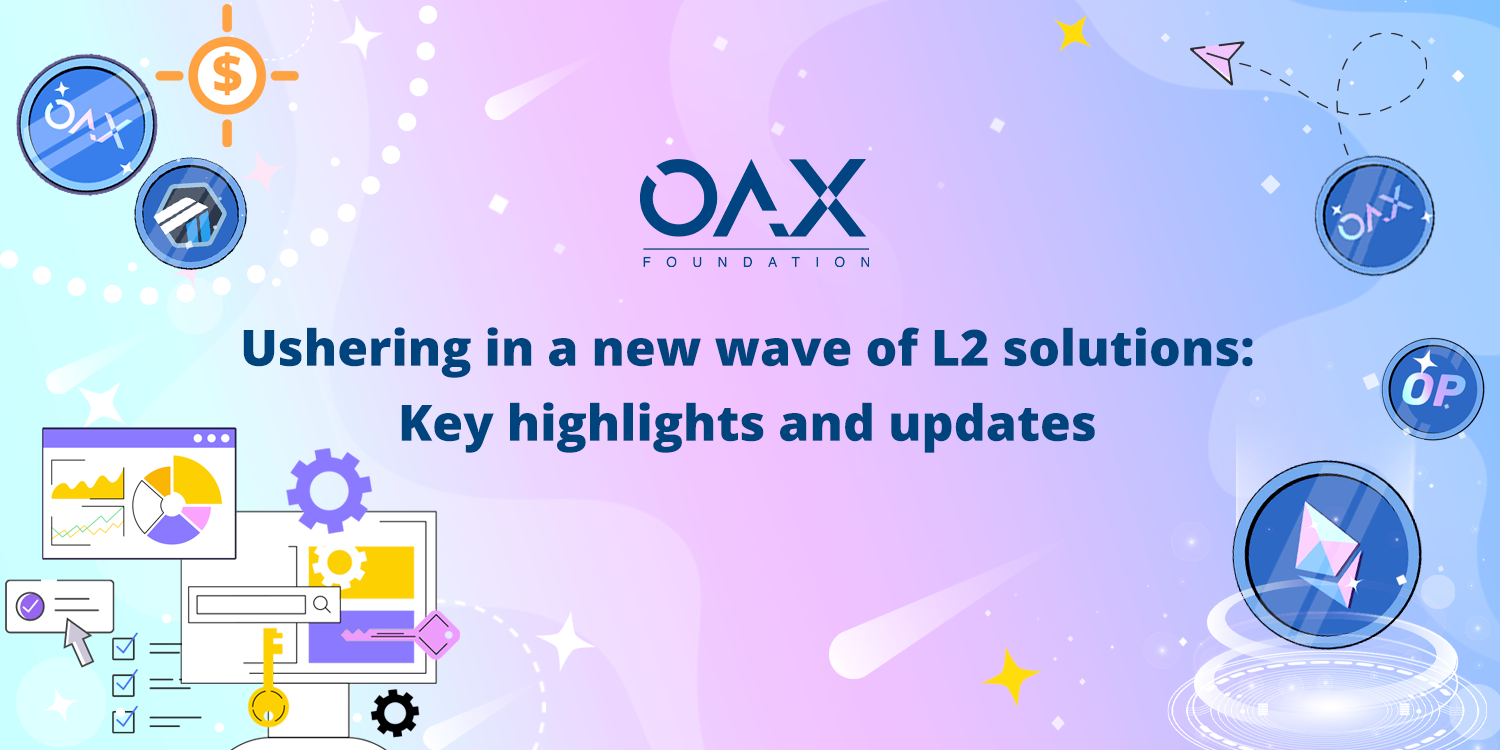
A New Wave of Layer-2 Scaling Solutions
Ethereum layer-2 protocols are additional blockchains that operate alongside or on top of the Ethereum network to overcome its scalability challenges. Unlike Ethereum, which can handle a limited number of transactions per second, leading to high fees and delays, layer-2 solutions aim to enhance scalability by processing a higher volume of transactions at lower costs. They present notable advantages in terms of affordability, scalability, and security.
Companies like Reddit, Meta, Starbucks, and even Stripe are opting for scaling solutions to bring web3 offerings to a larger user base at a lower cost. They have partnered with Polygon (MATIC), who offers a cost-effective alternative to the Ethereum network, with average transaction fees of $0.018 compared to $5 plus on Ethereum. Scaling solutions have the potential to process hundreds of thousands of transactions per second, significantly surpassing the capacity of Layer-1.
No stranger to the layer-2 ecosystem, Polygon - aiming to be known as the ‘Value Layer of the Internet’ - experienced steady growth and expanded its list of collaborations with prominent institutions throughout the year, despite a harsh regulatory environment in the US. Developer interest in the Polygon ecosystem also continues to grow.
 Source: Messari
Source: Messari
Optimism and Arbitrum are layer-2 scaling solutions built on Ethereum as a form of Ethereum Virtual Machine (EVM). They have gained popularity, particularly through their utilization of optimistic rollups. Optimistic rollups operate under the assumption that all transactions within the rollup are valid and automatically submit them to the main Ethereum chain. The philosophy behind Optimism assumes that all transactions are valid unless challenged and proven otherwise, allowing for cost-effective and fast transactions for users. In early 2023, combined transactions of Optimism and Arbitrum outpace Ethereum’s daily transfer count.
 Source: Blockworks Research
Source: Blockworks Research
Optimism (OP) and Arbitrum (ARB) have been close rivals when it comes to deploying Optimistic roll ups as scaling solutions. Both solutions offer cost-effective and fast transactions, addressing Ethereum’s scalability challenges. For the first time in the past six months, Optimism surpassed Arbitrum in daily transactions for indicating a potential shift in dominance, with a significant 47% growth since last month. This demand is driven by increased usage from Coinbase and the presence of the Worldcoin project. The launch of Coinbase’s sandbox has provided developers with a test environment, fostering growth and innovation on this layer-2 solution. As mentioned in OAX Foundation’s last community update, Worldcoin’s adoption of Optimism, including a token airdrop has significantly contributed to the network’s daily activity. However, Arbitrum’s advantage remains with a larger Total Value Locked (TVL) of $2.35 billion compared to Optimism’s $920 million. Arbitrum dominates in shared DeFi applications like Uniswap and Aave and has a strong presence in the derivatives exchange GMX.
 Source: Alchemy
Source: Alchemy
At Notifs, a project supported by the OAX Foundation, we are committed to staying ahead of the growing demands of users by offering EVM integration for a selection of layer-2 chains. We enable users to conveniently track their assets residing on various chains, providing a holistic view. Additionally, our customizable notification feature allows users to stay informed about the latest trends and movements, empowering them to make timely decisions. All with a goal to build a more user friendly blockchain ecosystem.
As the demand for Ethereum continues to grow, the need for scalability remains crucial, and layer-2s have emerged as a promising way to address this challenge and enhance accessibility for all users. The OAX Foundation recognizes the ongoing significance of scaling solutions in addressing the blockchain trilemma - while a perfect solution may not exist yet, we are seeing positive signals in the form of innovative scaling solutions like Polygon, Arbitrum, and Optimism, each contributing in their own unique ways. However, in this article, we have only scratched the surface of EVM scaling solutions. We invite you to stay tuned for part 2 of this exploration into the new wave of layer-2s and their impact on the decentralized ecosystem.


